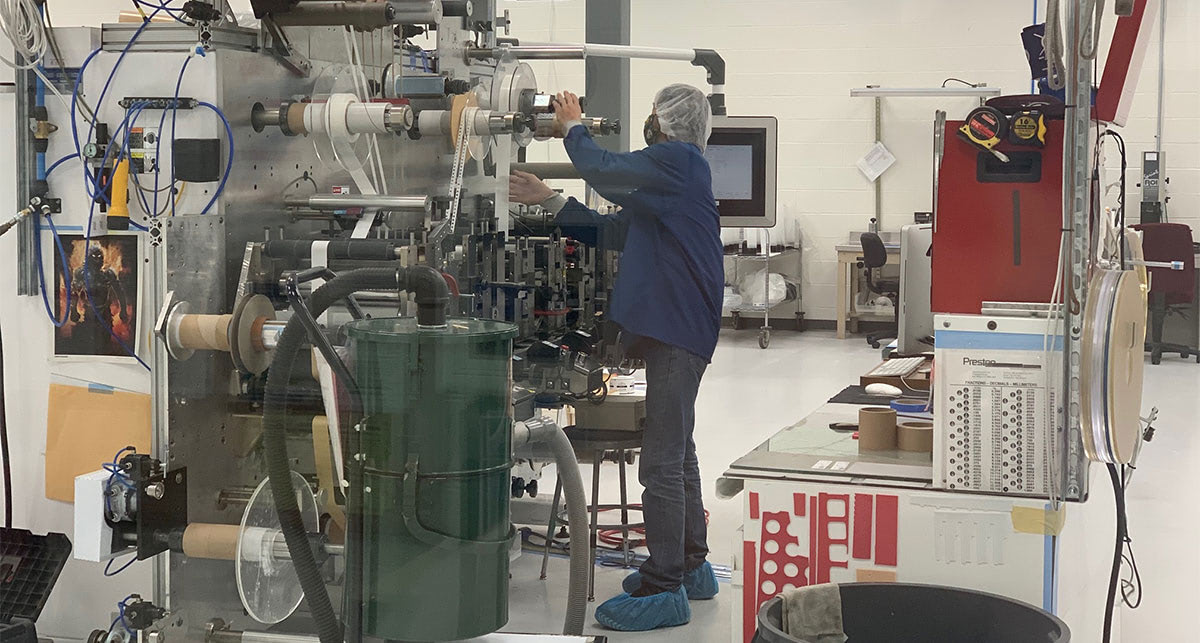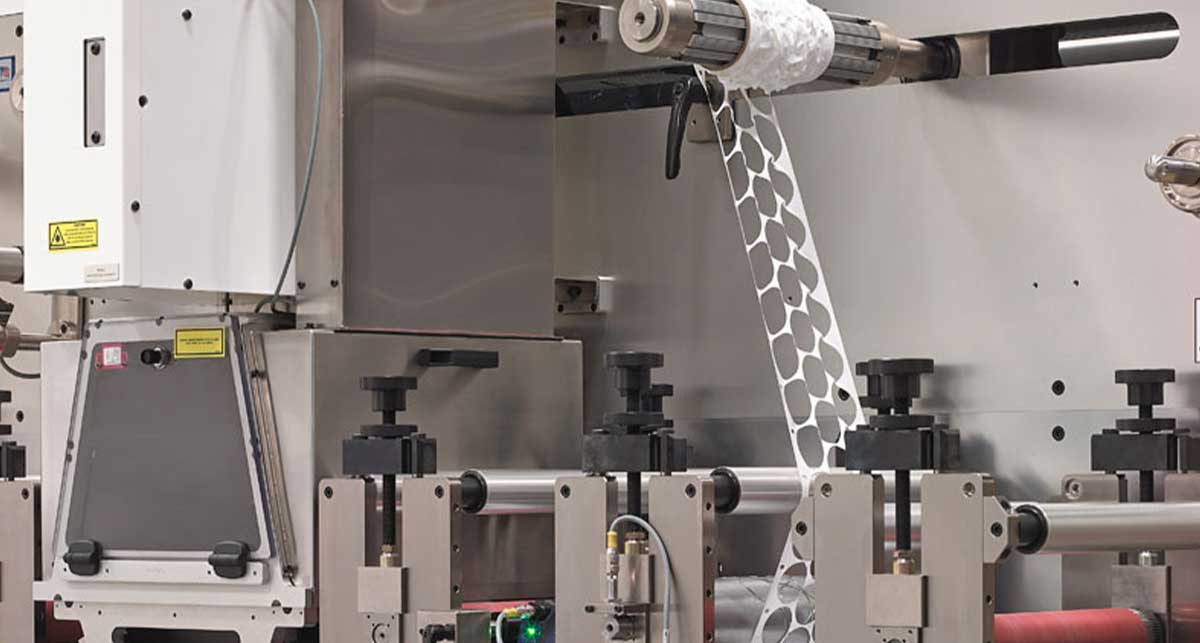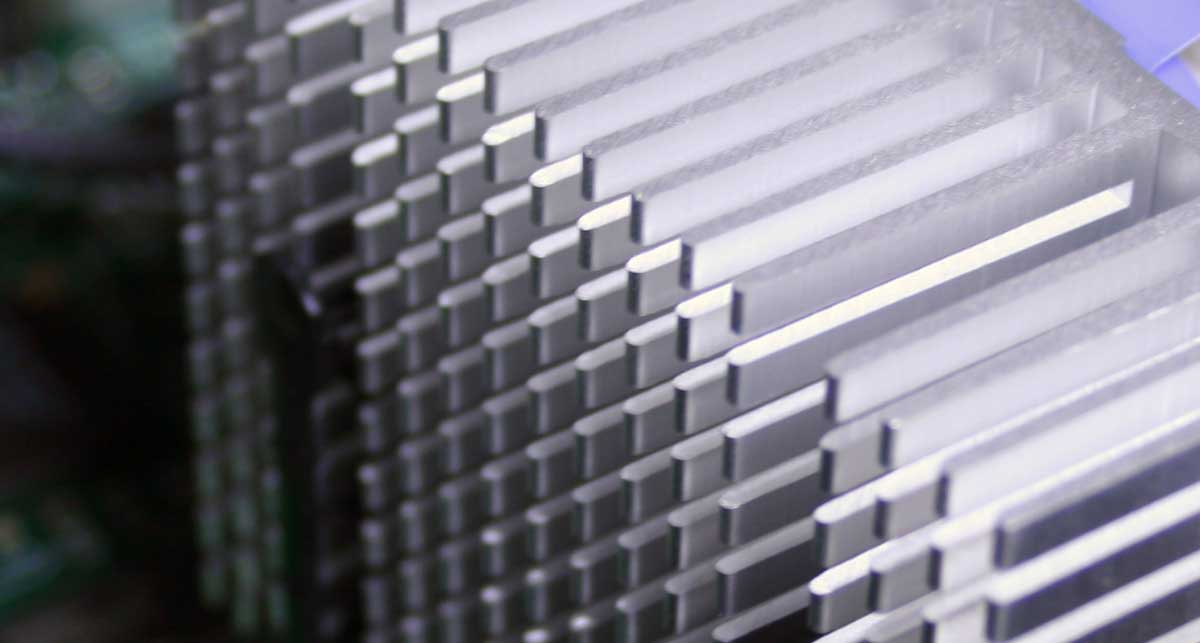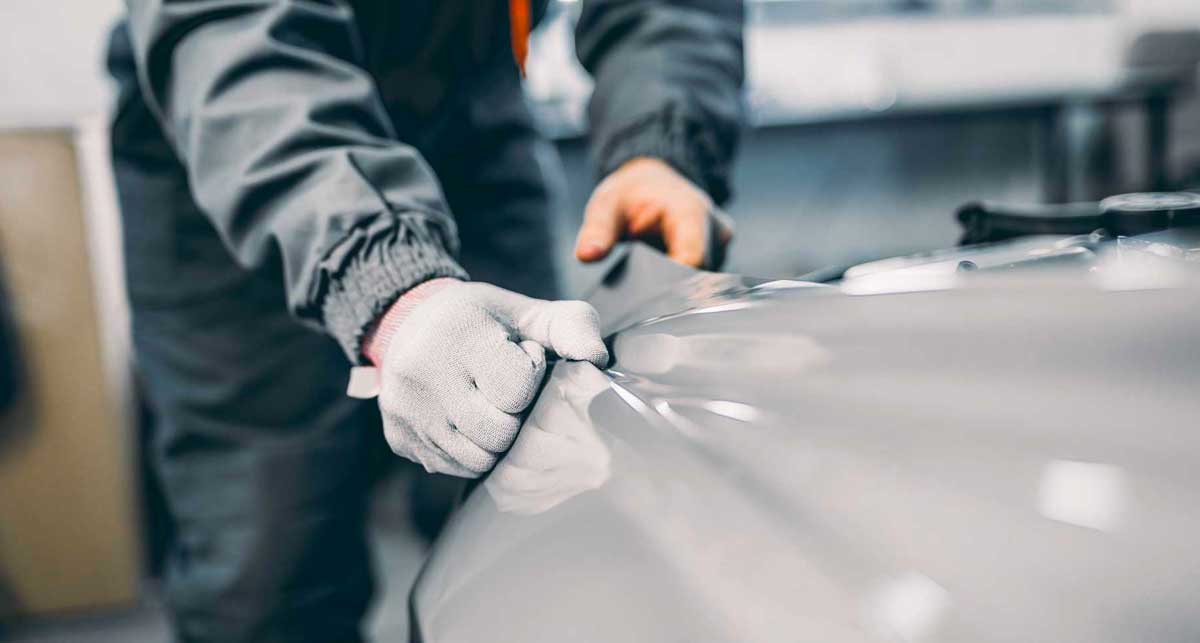Would you ever put jelly on an open wound? What if I told you that jelly—more specifically, hydrogel (because yes, jelly is technically one)—is a common wound care solution?
Hydrogel is a water-based substance with a soft consistency and moisturizing properties, making it a valuable tool for agriculture and wound care. Depending on your needs, it can be an excellent choice for biomedical applications or environmental science.
Over the past 38 years, Strouse has converted hydrogel into custom components—often intended for medical technology. By explaining how it functions, we can help you understand how it can serve as a solution.
By the end of this article, you’ll understand how hydrogel is used and be able to decide whether it suits your intended purpose.
What is Hydrogel?
Hydrogel is a 3D network of hydrophilic polymer material that quickly absorbs and retains water (or other fluid). As an incredibly versatile and environmentally sensitive material, hydrogel is multi-functional across various industries.
Hydrogel comes in two forms: solid and liquid. Its solid form is often rolled or sliced into sheets for wound dressings, while the liquid form can be injected into the tissue or other parts of the body.
A hydrogel’s structure consists of viscoelastic characteristics caused by the chemical or physical cross-linking of individual hydrophilic polymer chains. However, they can swell when exposed to increased temperatures, electric or magnetic fields, light, pressure, pH, ionic strength, solvent compositions, or molecular species. There are many different formulas, and the one you choose will depend on available formats and how you expect it to behave within your application.
What is Hydrogel Used For?
Hydrogels are used within many expanding biomedical and other scientific applications, so these examples will demonstrate their most common purposes.
1. HYGIENE PRODUCTS
Hydrogels appear in everyday products like hair gel, toothpaste, and cosmetics. Their ability to absorb water up to 99% of their volume makes them soft and flexible, like a contact lens, or highly absorbent.
Superabsorbent hydrogels, the ones with acrylate-based materials, absorb fluids in disposable diapers and sanitary pads. They hold moisture away from the skin, making it comfortable, preventing diaper rash, and promoting skin health.
These products hold unique properties:
- High water content
- Softness/Low Irritation
- Flexibility
- Biocompatibility with most cells
- Chemical behavior
- Temperature sensitivity
The physical characteristics depend on its composition, which can be adapted depending on use. It can be formulated to degrade, dissolve, or maintain chemical stability
2. MEDICAL APPLICATIONS
Hydrogels' soft consistency, porosity, and high water content are very similar to natural living body tissue, making them critical components in general medical applications.
Hydrogel wound dressings promote healing, provide moisture, and offer pain relief with their high water content. This cooling effect on the skin helps manage conditions such as chicken pox and shingles, and when saturated onto a gauze pad, the hydrogel prevents dressings from sticking to the wound surface.
Other uses include eye patches, silicone contact lenses, burn bandages, nerve guidance conduits, tissue bulking agents, and nucleus replacement technology.
3. SMART WOUND DRESSINGS
“Smart” wound dressings have elements embedded within the hydrogel: microelectronic biosensors, microprocessors, wireless communication radios, etc. These dressings not only protect the wounds but can also respond to changes in skin temperature by releasing medication as needed. Plus, they can even light up if a prescription is running low.
Motional wounds, or injuries on stretchable body parts like the neck or joints, are challenging to address. Yet, smart wound dressings flex with the body, remaining in place as the patient bends a knee or elbow. Whatever elements or electronics are embedded remain functional in the dressing when there’s tension.
Abilities such as monitoring and reacting to changes while remaining soft and flexible make smart hydrogel dressings highly applicable to chronic wound care.
4. MICROFLUIDICS
If you’re using hydrogels to deliver drugs or test liquid samples, they already have intricate circuits and microchannels (ranging from submicron to a few millimeters) built into them.
Top-end converters create microfluidic devices for organ-on-a-chip technology, test strips, or other tasks requiring the movement or analysis of small liquid molecules. Since hydrogels are non-toxic to most cells, molding feature designs and sizes onto them is possible.
5. HYDROGEL DRUG DELIVERY
Inserted tubes or drilling holes will create paths in the matrix within a stretchable hydrogel patch. Their high-porosity structure allows drugs to be loaded and released, making long-term transdermal drug delivery easier and allowing for a controlled drug delivery system (DDS).
Other elements embedded in hydrogel — conductive titanium wires and semiconductor chips — allow drugs to be delivered on demand from small drug reservoirs. Certain hydrogels can have sustained release abilities for drug delivery, allowing for high drug concentrations over a long period.
MONITORING DRUG DELIVERY
The advantage of delivering drugs using hydrogels is more than the delivery method—it allows healthcare providers to monitor the release using an electronic interface.
Hydrogel conforms to the human body's environment and retains soft and stretchable mechanical properties while bringing electronics in close contact with the skin.
Suppose the drug amount in the reservoirs was low. In that case, an LED light embedded in the hydrogel would alert the patient or caregivers even while it’s stretched around flexible body parts.
6. AGRICULTURE
In addition to helping humans, hydrogels can help plants grow more efficiently through reduced water loss. They can improve crop growth by increasing the water retention of both plants and soil, which allows crops to grow in arid climates and facilitates seed germination.
The Benefits of Using Hydrogel
You may not realize it (unless you’ve touched it), but hydrogel’s unique structural properties can complicate precise, high-volume manufacturing — so it’s not the right choice for everyone.
PROS:
- Creates a moist environment conducive to wound healing
- Mimics the composition and mechanical properties of natural tissues
- Offers a soothing sensation for sensitive skin
CONS:
- Generally, it is a more expensive material
- Often requires a more complex machine setup to process
- Potentially challenging application
Hydrogels perform a wide range of functions, but the possibilities are continuously expanding. Whether it’s helping seed cultivation, spinal cord regrowth, organ generation, or even tissue engineering applications, you might be developing related projects.
Hydrogels' full potential has yet to be determined in everyday products or specialized medicine, and high-end converters like Strouse are ready to innovate solutions using tried and tested technology. If you’re interested in building a design, reach out for a custom sample to see whether your design and material match your intended purpose.
Finally, you can check out our guide to learn how Strouse can help with wound dressing, transdermal or microneedling, and microfluidics applications.
Originally published: December 8, 2022








